ELAR 4.9
Multiple genres: listening, speaking, reading, writing, and thinking using multiple texts--genres. The student recognizes and analyzes genre-specific characteristics, structures, and purposes within and across increasingly complex traditional, contemporary, classical, and diverse texts. The student is expected to:
- (1) demonstrate knowledge of
distinguishing characteristics of well-known children's
literature such as folktales, fables, legends, myths, and tall tales;
- (A) explain figurative language such as simile, metaphor, and personification that the poet uses to create images;
- (B) explain structure in drama such as character tags, acts, scenes, and stage directions;
- (C) recognize characteristics and structures of informational text, including:
- (D) the central idea with supporting evidence;
- (i) features such as pronunciation guides and diagrams to support understanding; and
- (ii) organizational patterns such as compare and contrast;
- (iii) recognize characteristics and structures of argumentative text by:
- (E) identifying the claim;
- (i) explaining how the author has used facts for an argument; and
- (ii) identifying the intended audience or reader; and
- (iii) recognize characteristics of multimodal and digital texts.
- Plus Plan

Novel Study - Alternate Story Ending Worksheet
A worksheet which encourages students to write an alternate ending to a shared class story.
- Plus Plan
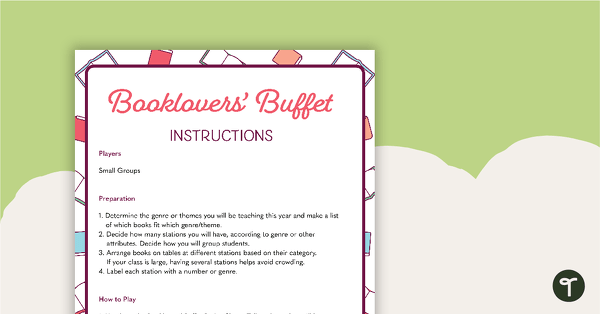
Booklovers' Buffet
A fun reading activity to help students discover books they enjoy.
- Plus Plan
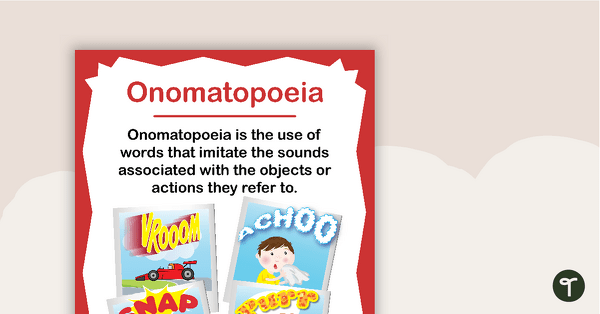
Onomatopoeia Poster
A poster providing a definition and examples of onomatopoeia.
- Plus Plan
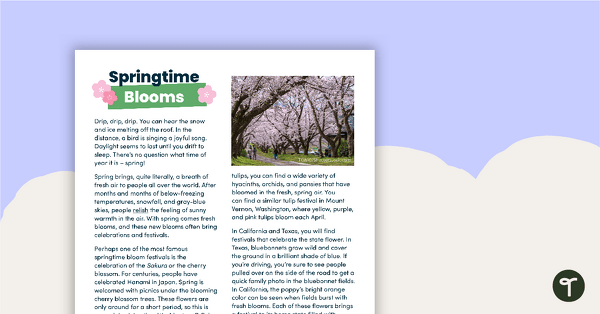
Springtime Blooms – Comprehension Task
An article about springtime blooms and festivals paired with a comprehension task.
- Plus Plan

Storytelling Finger Puppets Template
A set of 15 finger puppets that can be used to spark the imagination for creative writing or to perform puppet shows.
- Plus Plan
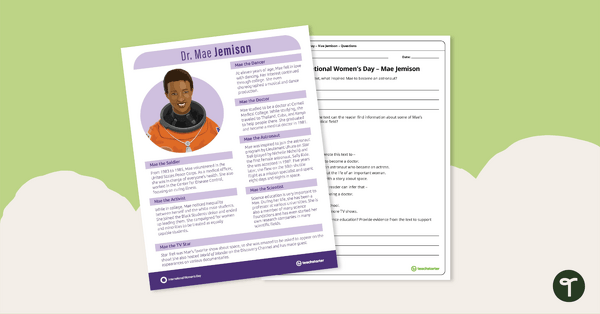
Inspirational Woman Profile: Dr. Mae Jemison – Comprehension Worksheet
Review our profile on the first Black woman astronaut and answer questions to reinforce understanding.
- Plus Plan
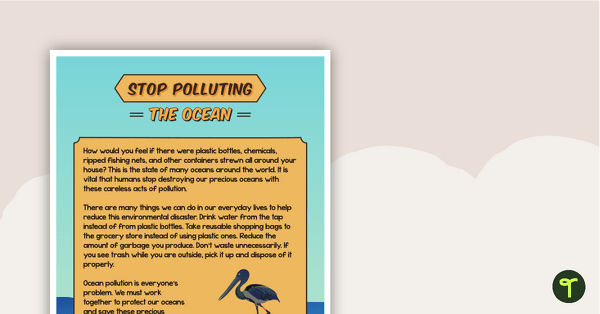
Sequencing Activity - Stop Polluting The Ocean (Opinion Text)
A sequencing task using an opinion text.
- Plus Plan
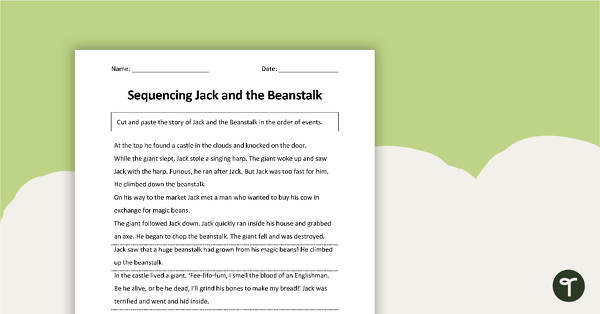
Understanding Sequence - Jack and the Beanstalk
A worksheet to use when teaching students how to understand sequence when reading.
- Plus Plan

Sequencing Text - Worksheet
A worksheet to use when teaching students how to understand sequence when reading.
- Plus Plan
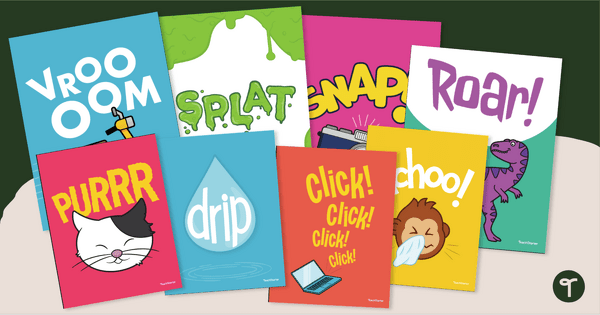
Figurative Language Anchor Chart - Onomatopoeia
Help young readers and writers recognize figurative language and onomatopoeia with a set of onomatopoeia anchor charts.
- Plus Plan
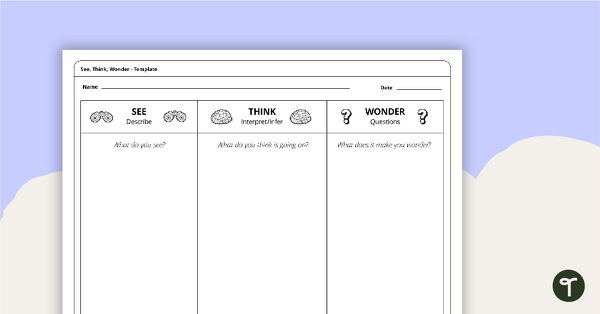
See, Think, Wonder - Template
A See, Think, Wonder Template is useful in encouraging students to make careful observations and interpretations.
- Plus Plan
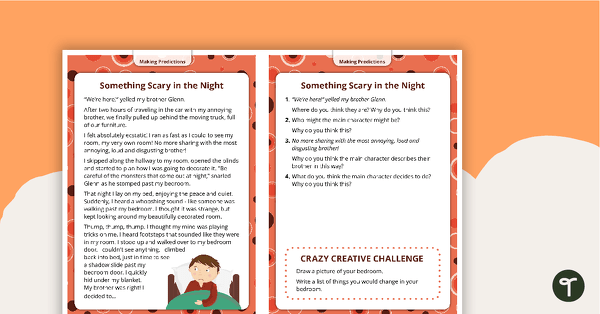
60 Comprehension Strategy Task Cards
A 144 page comprehension resource pack to help students apply comprehension strategies when reading.
- Plus Plan

Comprehension Paper Fortune Teller
A fun reading comprehension strategy activity for students to use after reading a text.
- Plus Plan
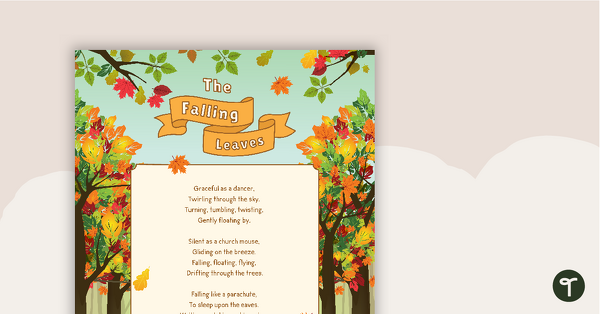
Exploring Poetry Worksheet - Alliteration
A worksheet to help students understand alliteration in poetry.
- Plus Plan
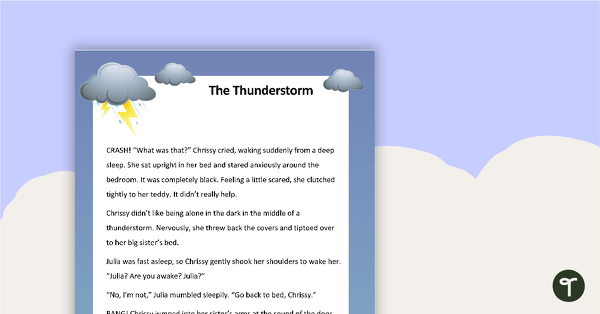
Cause and Effect - Comprehension Task
A task to use when teaching your students reading comprehension strategies.
- Plus Plan
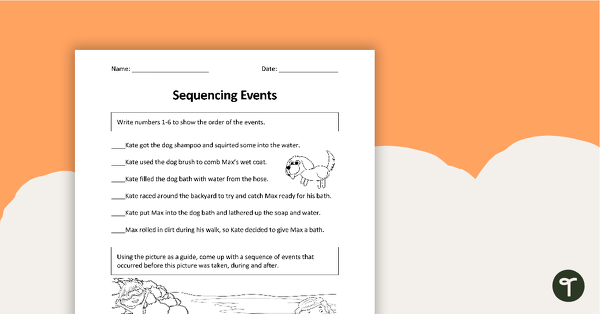
Sequencing - Events Worksheet
A worksheet to use when teaching students how to sequence important events when reading.
- Plus Plan
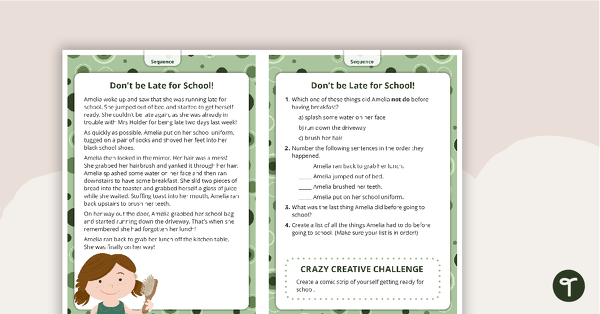
Comprehension Task Cards - Understand Sequence
A set of comprehension task cards to help students understand sequence when reading.
- Plus Plan
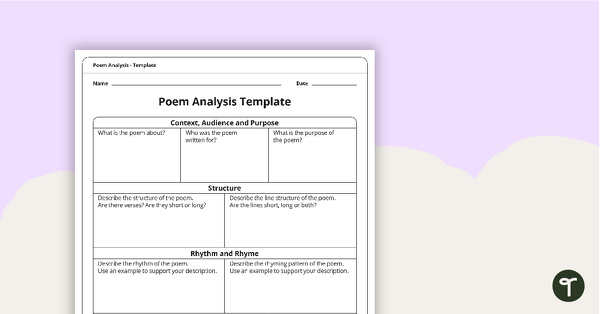
Poetry Analysis Template
A template for students to use when analyzing a poem.
- Plus Plan
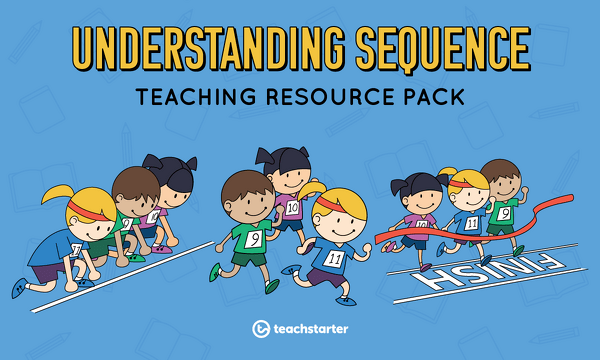
Comprehension Strategy Teaching Resource Pack - Understanding Sequence
A comprehensive resource pack to help students understand the concept of sequencing.
- Plus Plan
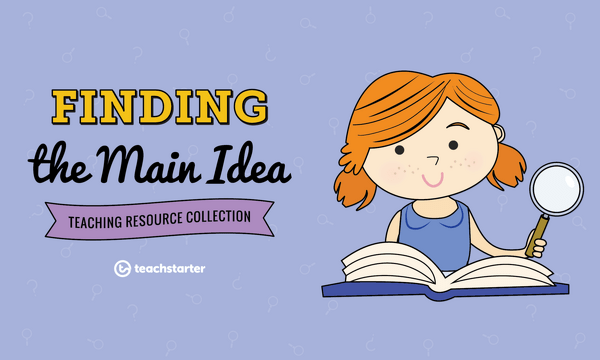
Comprehension Strategy Teaching Resource Pack - Finding the Main Idea
A comprehensive resource pack helping students to learn how to find the main idea.
- Plus Plan
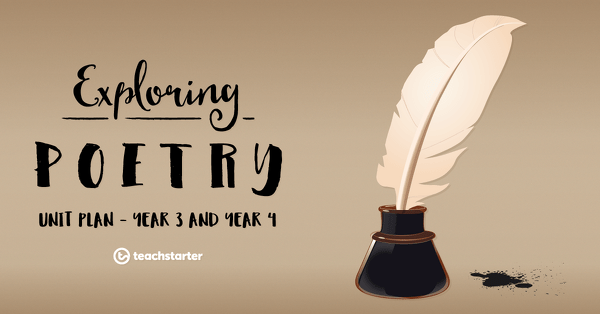
Exploring Poetry - Year 3 and Year 4 Unit Plan
This English unit addresses common poetic devices such as sound play, word play and imagery and explores how these may be applied to narrative poetry.
- Plus Plan
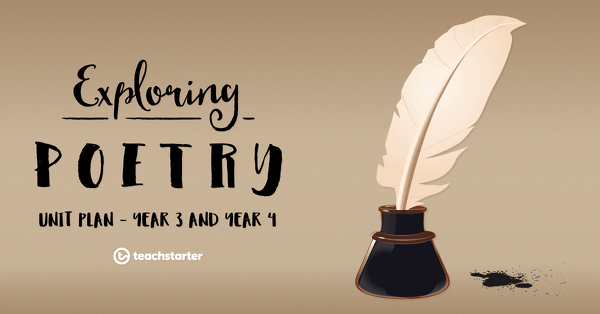
Word Play in Poetry
A 60 minute lesson in which students will identify and explore word play in poetry.
- Plus Plan
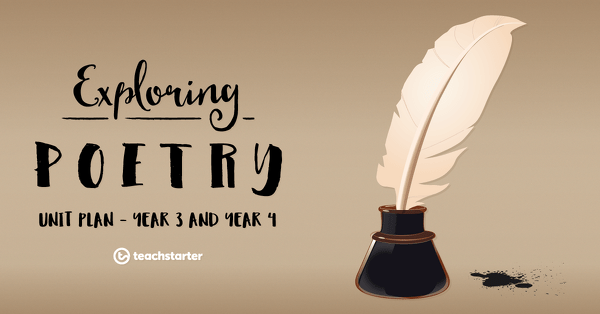
Sound Play in Poetry - Onomatopoeia
A 60 minute lesson in which students will identify and explore onomatopoeia in poetry.
- Plus Plan

Sound Play in Poetry - Alliteration
A 60 minute lesson in which students will identify and explore alliteration in poetry.
- Plus Plan
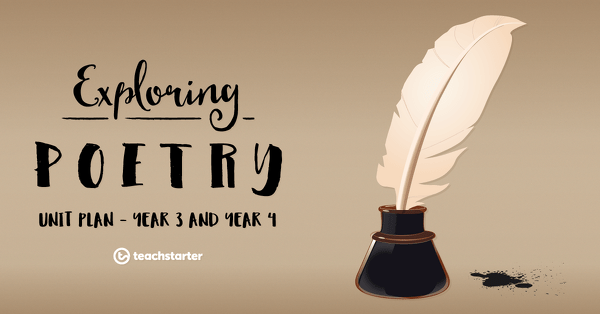
Exploring Poetic Devices
A 60 minute lesson in which students will explore the common literary devices found in poetry.